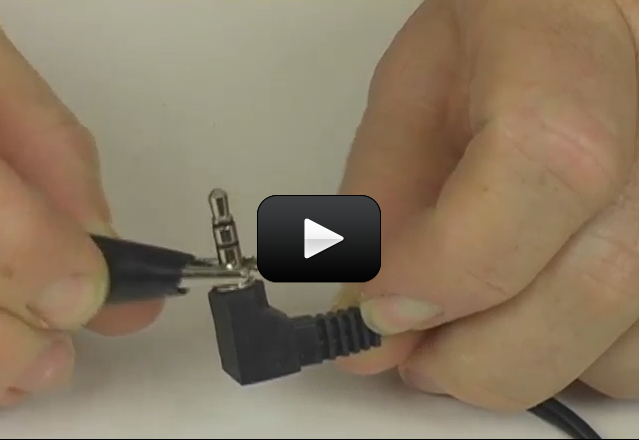The solar cell you are using for this experiment is made from the element silicon. Silicon solar cells consist of two thin wafers of treated silicon that are sandwiched together. The treated silicon is made by first melting extremely pure silicon in a special furnace. Tiny amounts of other elements are added which produce either a small positive or negative electrical charge.
Usually boron is added to produce a positive charge and phosphorus is added to produce a negative charge. The addition of these other elements to pure silicon to produce an electrical charge is called doping.
After being doped, the molten silicon is allowed to cool. As it cools, the doped silicon grows into a large crystal from which very thin wafers are cut. A wafer cut from a large crystal of silicon doped with boron is called the positive or P-layer because it has a positive charge. A wafer cut from a large crystal of silicon doped with phosphorous is called the negative or N-layer.
To make a solar cell, a positive wafer (P-layer) and a negative wafer (N-layer) are sandwiched together. This causes the P-layer to develop a slight positive charge, and the N-layer to develop a slight negative charge. The solar cell is connected to a circuit by wires leading from the P-layer and the N-layer. When light falls on the surface of the cell, electrons are made to move from one layer to the other. Thus, a current of electricity flows through the circuit.
The first solar cells provided electrical power for space satellites and vehicles. Satellites and space vehicles are still big users of solar cells. Solar cells are now being used to provide electrical power for calculators and similar devices, weather stations in remote areas, oil-drilling platforms, and remote communication relay stations.
The best silicon cells convert only a small portion of the sunlight striking the cells into electricity. The efficiency of solar cells is about 15 percent. This means that 15 percent of the sunlight that strikes the cell is converted into electrical energy. The sunlight that is not converted into electricity either reflects off the surface of the cell or is converted into heat energy.
Please login or register to read the rest of this content.


Look at the main shop list for this unit and you’ll find links to online stores for the hard to find parts. 🙂
Do they have solar panels like yours at Radio Shack? If not, where did you get yours?
Cool! Send me a picture so I can post it for everyone to see… 🙂
I’m Merry,s duaghter Anna, I’m making the solar car for a science fair, I added a few of my own twists, I put the wheels at an angle so that it will go in circles! thank you for being inspirational with all your cool ideas.
They have an online store! Also check the shopping list for the BEAM robots, which are also solar. Those are in the Unit 14 section.
We don’t have Radio shack here. There used to be one but it closed down. 🙁
Does your have a rating on the solar cell, on the back or near the wires? If not, you can hook it up to a multimeter and read the voltage when in direct sunlight – that will let you know if yours is large enough to power a small motor. If it’s not, there’s a solar pack that Radio Shack sells for around $10 (I think) that includes the cell that is matched with the motor (and a couple other parts) you might be interested in.
I want to make some kind of robot with a solar panel. Mine is not big, but its not the size of yours ethier.
Cool thanks!
Sure can! There’s an experiment on this in the Unit 12 Lesson 2 Experiments, only instead of hooking up a motor in the Solar Boat or Solar Car project, insert the LED instead. It should light right up!
https://www.sciencelearningspace2.com/category/unit-12-alternative-energy/lesson-1-alt-energy/alt-energy-experiments/
Hi Aurora,
I’m doing an experiment on alternative energy and I’m wondering if you can light up a LED using a solar cell? Please reply soon!